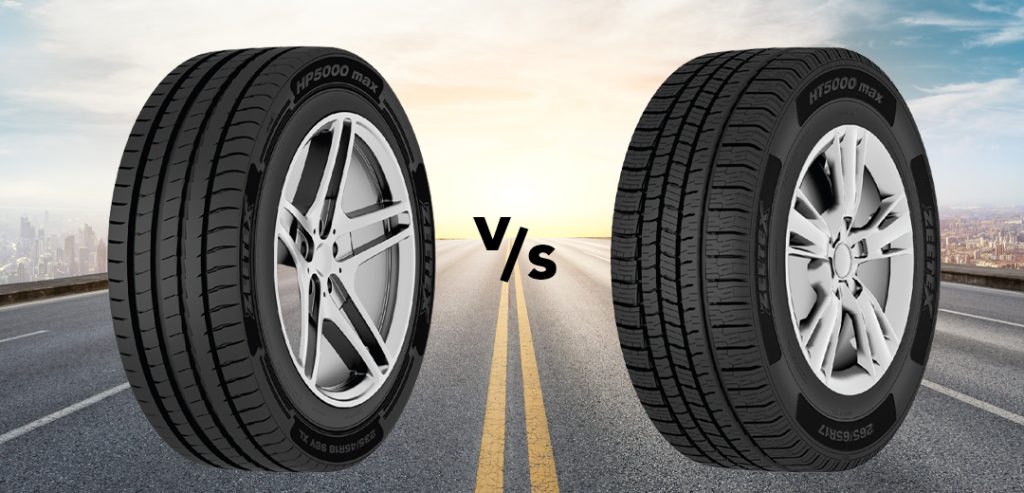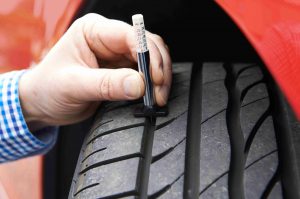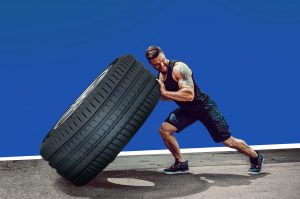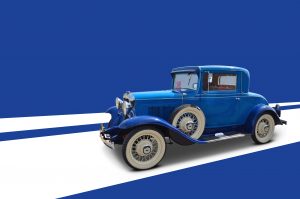Tyres are an essential part of any vehicle, and choosing the right one is crucial to ensure safety and performance. In the market, you can find two types of tyres: passenger tyres and SUV tyres. Although both have similarities, they have different structures, tread designs, and design objectives.
Sidewall Construction Differences
The sidewall is a crucial part of the tyre that connects the tread to the rim. In general, passenger tyres have shorter and thinner sidewalls to accommodate lighter loads. Conversely, SUV tyres usually have higher sidewalls to allow the tyre to flex more during cornering or off-road driving while being strong enough to sustain the higher weight of SUVs.
Tread Design Difference
Tread design is another essential factor that distinguishes passenger tyres from SUV tyres. Passenger tyres aim to generate excellent road traction, even when traveling at high speeds on slick terrain. In contrast, SUV tyres have a resilient tread pattern that qualifies them for off-road driving, making them suitable for different terrains.

Design Intent
Passenger tyres are designed for lighter-weight vehicles, and they are intended to be used on paved or well-built roads. In contrast, SUV tyres are created for heavier loads and are more resilient due to their knobbier treads. Therefore, they are suitable for off-road driving and usually come with safety features that ensure a secure driving experience on different terrains.
Tread Life
Tread life is a critical factor to consider when buying new tyres. SUV tyres are frequently more resilient and have a longer tread life due to advanced engineering. However, it is essential to consider the terrain you usually drive on, as this can affect how quickly your tyre’s tread wears out. Therefore, it is advisable to check the treadwear assurances that these tyres offer when purchasing new tyres.
Rubber Compound
A stronger rubber compound is required as a vehicle’s weight increases to survive the escalating frictional wear. SUV tyres usually have a more robust rubber composition, but this can make it more difficult to operate a vehicle when cornering. Soft rubber, on the other hand, offers good road traction and cornering grip.
Speed Rating
SUV tyres often have lower speed ratings than their equivalents for passenger vehicles due to their knobbier treads, which are less effective at dispersing the constant heat generated by high-speed riding.
In conclusion, choosing the right tyre for your vehicle depends on how you use it. Both passenger tyres and SUV tyres have their strengths and weaknesses, and it’s important to consider these factors before making a purchase. It is advisable to seek advice from tyre manufacturers to select the best tyre for your car. Additionally, most well-known tyre companies offer a selection of different tyre types, so it is essential to do your research and make an informed decision.




